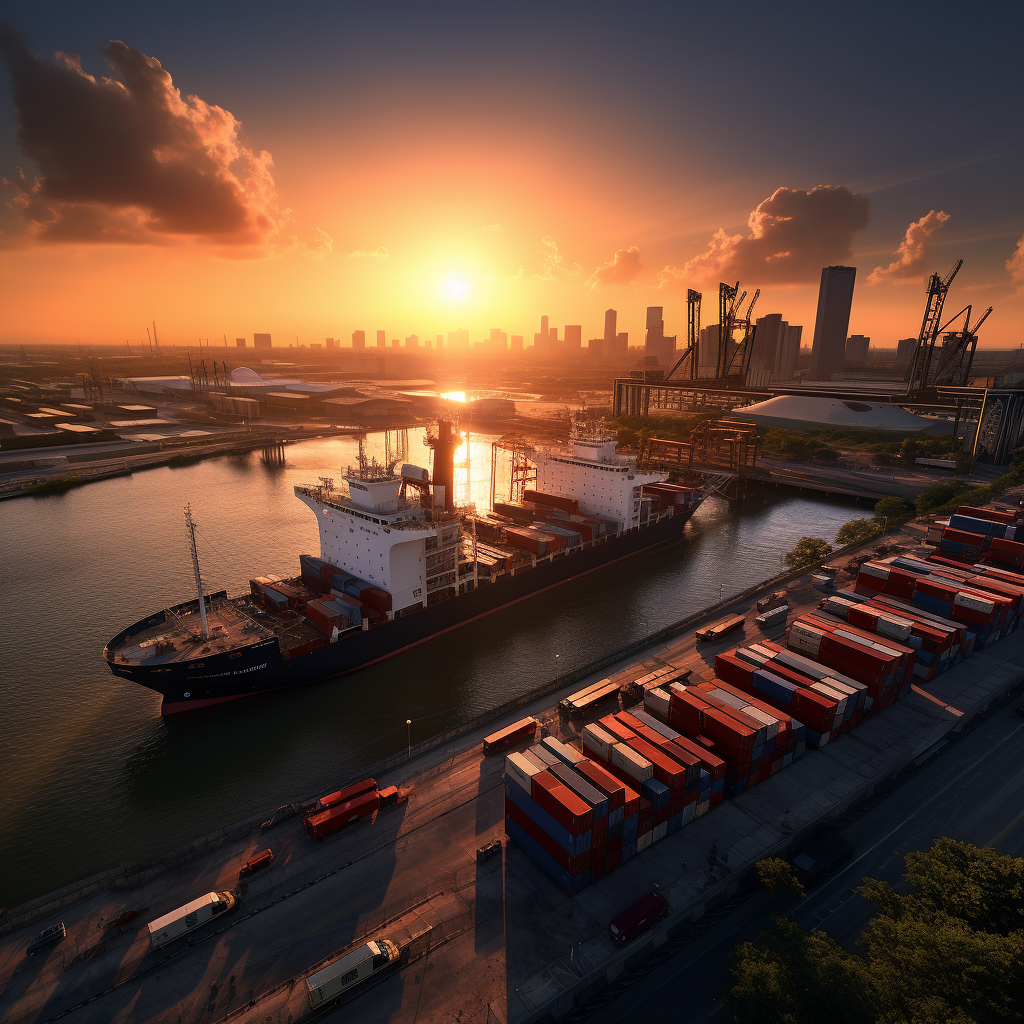The Essential Guide to Freight Shipping: Tips for Shippers and Receivers
Welcome aboard, fellow shippers and receivers! In the fast-paced world of freight shipping, ensuring that goods reach their destination safely and efficiently is paramount. Whether you’re a seasoned logistics professional or a newcomer to the industry, navigating the intricacies of freight shipping can be daunting. But fear not! In this comprehensive guide, we’ll provide valuable insights and best practices to help you optimize your shipping processes, from load optimization and packaging tips to navigating complex shipping regulations. So, grab a cup of coffee and let’s dive in!
Load Optimization:
First things first: optimizing your load is essential for maximizing efficiency and minimizing costs. One key strategy is to consolidate shipments whenever possible. By combining multiple smaller shipments into a single larger load, you can reduce transportation expenses and improve delivery times. Additionally, consider the weight distribution of your cargo to ensure safe and balanced loading. Utilize pallets, cargo nets, and load bars to secure items in place and prevent shifting during transit. Remember, a well-organized load is not only more cost-effective but also safer for both drivers and goods.
Packaging Tips:
Proper packaging is crucial for protecting your goods from damage during transit. Start by selecting sturdy, high-quality packaging materials that can withstand the rigors of transportation. Use ample cushioning, such as bubble wrap or packing peanuts, to cushion fragile items and prevent breakage. For irregularly shaped items, consider custom packaging solutions to ensure a snug fit and minimize movement. Don’t forget to clearly label packages with shipping information, including destination address, handling instructions, and any special handling requirements. Investing time and resources in quality packaging upfront can save you headaches and costly claims down the road.
Navigating Shipping Regulations:
Shipping regulations can vary widely depending on factors such as cargo type, destination, and mode of transportation. Familiarize yourself with applicable regulations, including weight limits, hazardous materials restrictions, and customs requirements. Partnering with a reputable freight forwarder or logistics provider can help navigate these complexities and ensure compliance with regulatory requirements. Additionally, stay informed about industry updates and changes to regulations that may impact your shipping operations. Remember, staying proactive and informed is key to avoiding delays, fines, and other potential pitfalls.
As we conclude our journey through the essential guide to freight shipping, we hope you’ve gained valuable insights and practical tips to enhance your shipping processes. By prioritizing load optimization, investing in quality packaging, and staying informed about shipping regulations, you can streamline operations, reduce costs, and improve customer satisfaction. So, here’s to smooth sailing (or should we say smooth shipping?) and successful deliveries ahead. Safe travels, and may your shipments always arrive on time and intact!

Seashore transportation is a transportation staple in La Porte Texas.



